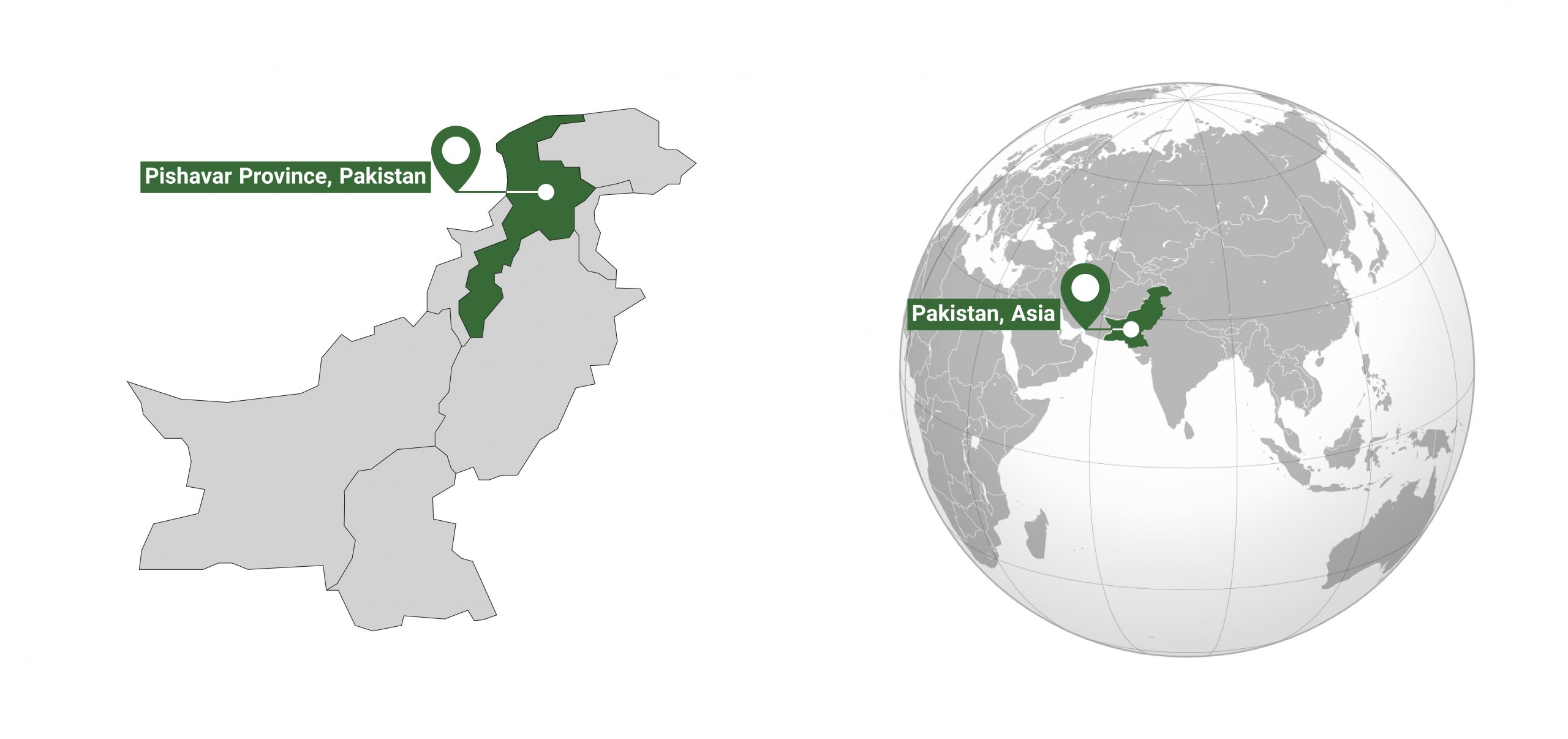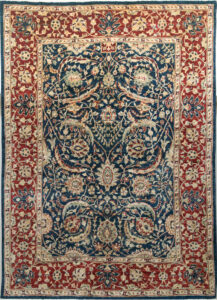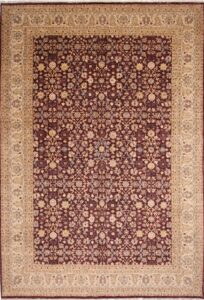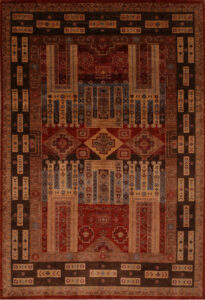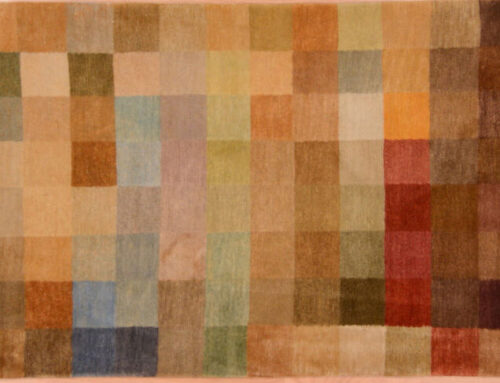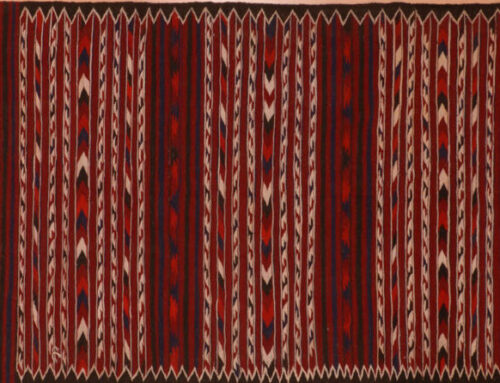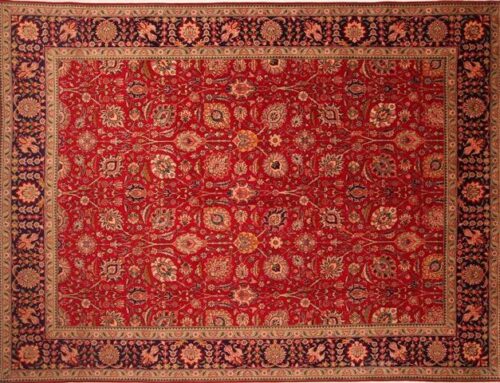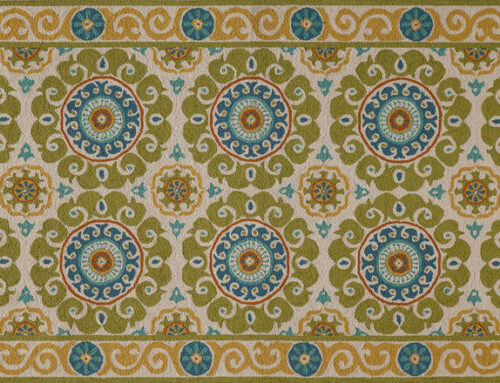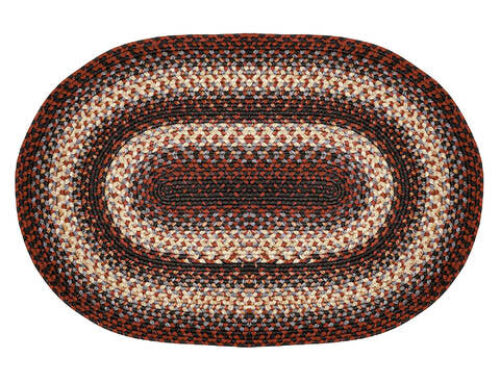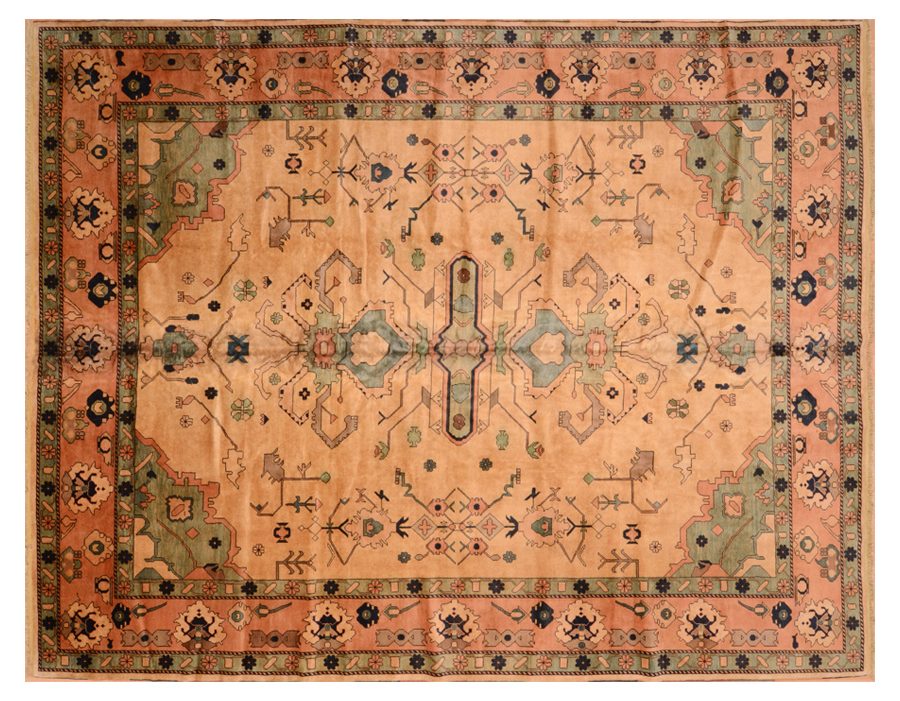
Origin of Pishavar Rugs
Pishavar is an ancient city located in northern Pakistan.
History of Pishavar Rugs
In 1849 the city was annexed by the British Raj, and it was part of India until the division with Pakistan in 1947. The Pishavar Muslim population has woven rugs and carpets since the late eighteenth century. Pishavar carpets were produced under the supervision of foreign companies.
By the second half of the twentieth century, numerous Pishavar carpets were produced for the European market. This had a considerable positive impact on the economy of the Pishavar -area population.
Characteristics of Pishavar Rugs
-
Material and Knots
The rugs are made with a cotton foundation, a wool pile, and the Persian (asymmetric) knot.
In the late twentieth century, Pishavar rugs and carpets with a silk foundation and a silk pile were also manufactured. Formats range from small mats to large room-size carpets, as well as runners and gallery sizes.
-
Color
Reds, ivory, or dark blue are primarily woven for the field and borders. Greens, grays, browns, light blue, gold, and other colors are utilized for the design elements and, at times, the borders and background.
-
Design and Pattern
Persian floral designs were featured in weavings made in this city. After Pakistan independence, the weavers adopted Turkmen Gul (flower) motifs and began making Bukhara or Bokhara carpet styles. For approximately two decades, Pishavar weavers mostly followed Bokhara patterns, which were fashionable in the West. After this period, they began to weave a wider variety of carpets with several design and quality levels in accordance with world market demand.
Collections
- Pishavar Rug | © Rugman
- Pishavar Rug | © Rugman
- Pishavar Rug | © Rugman

